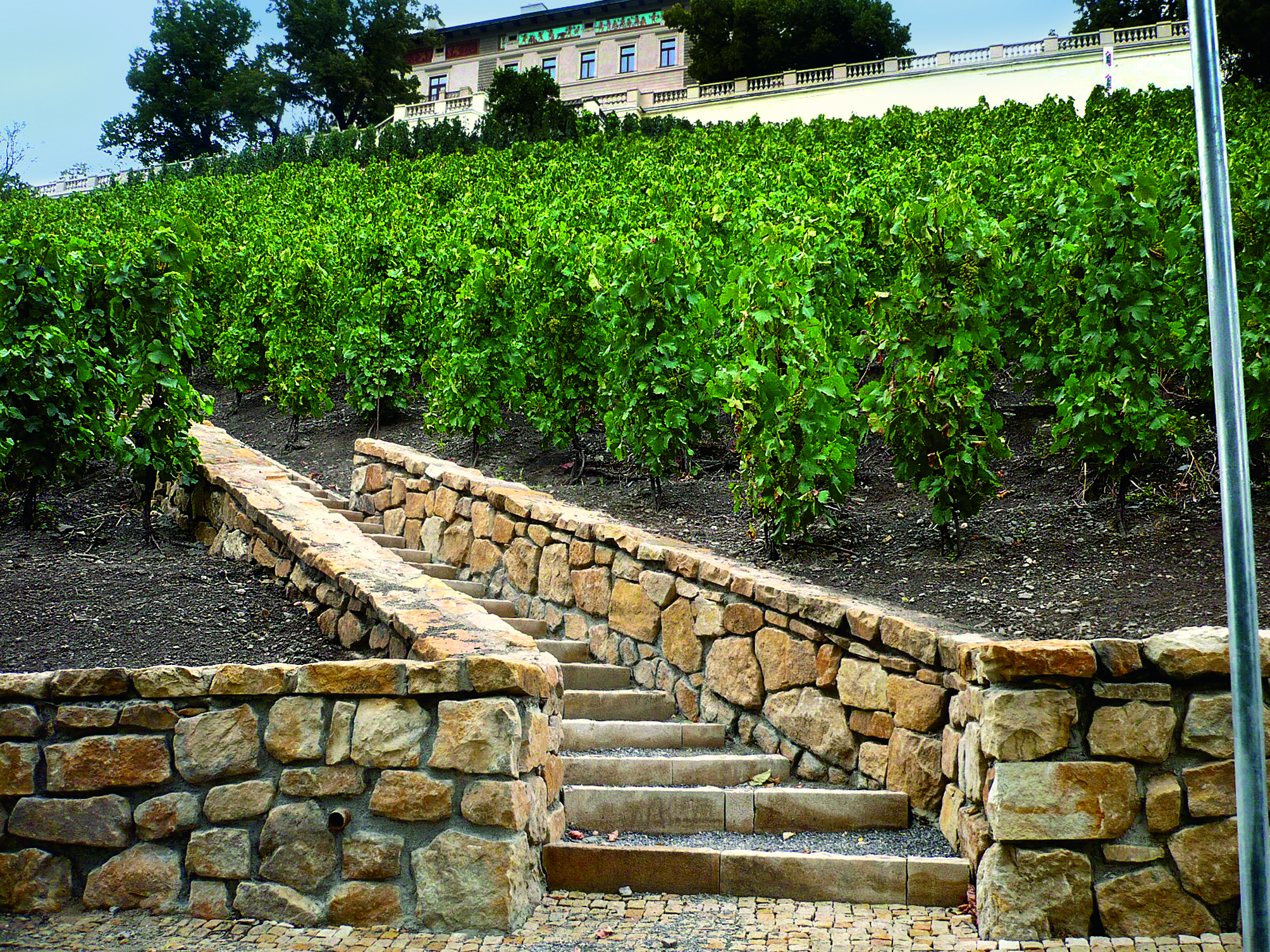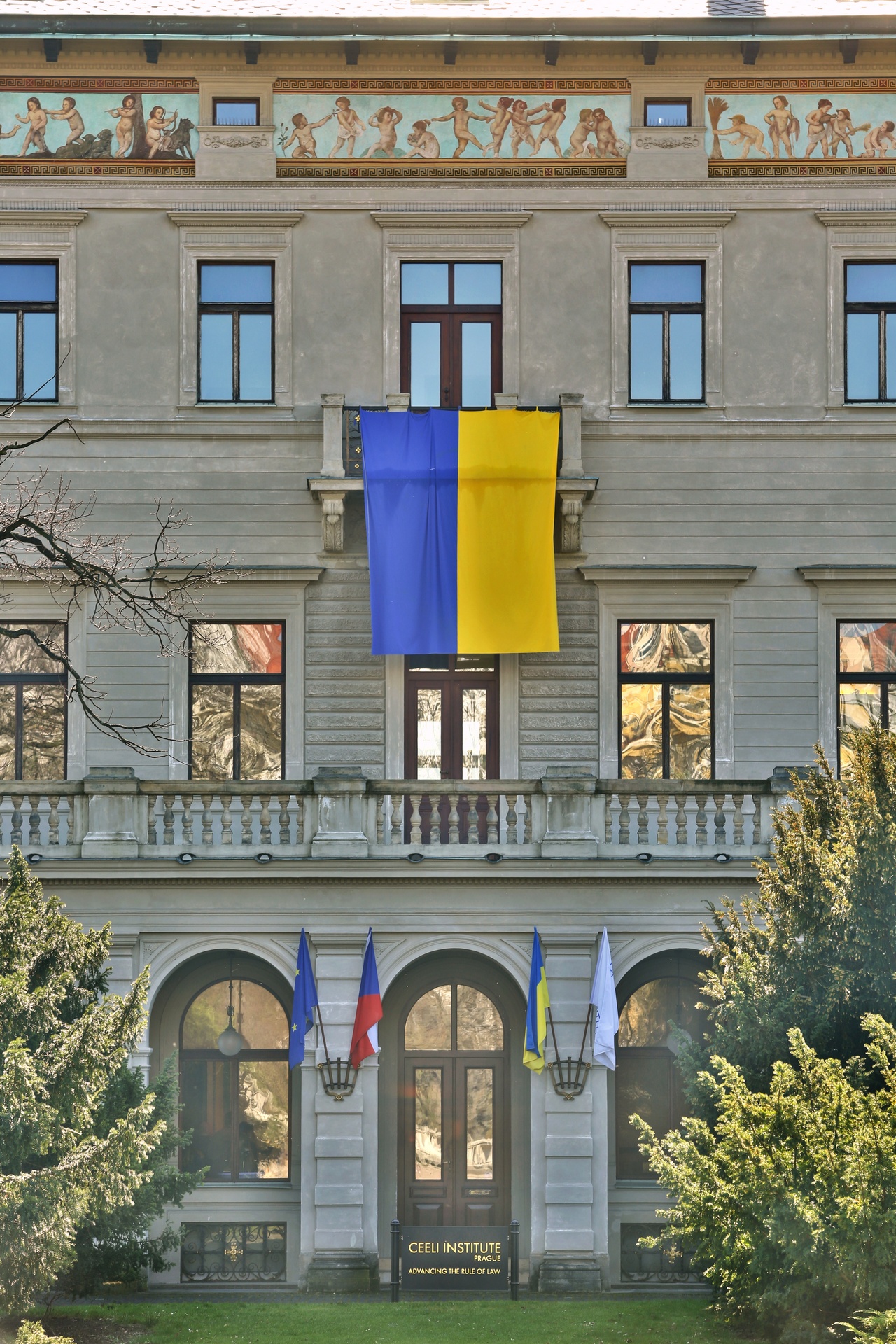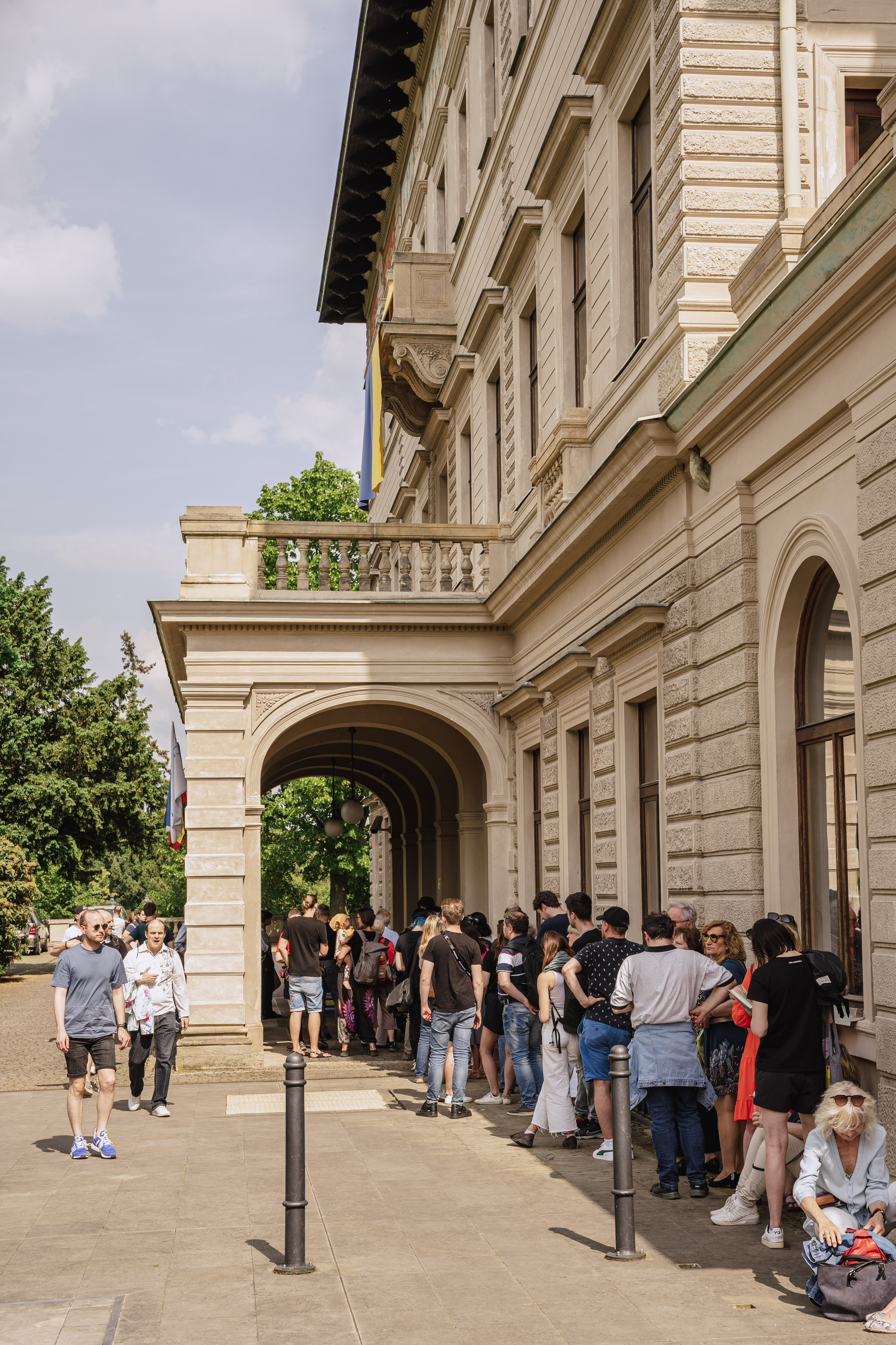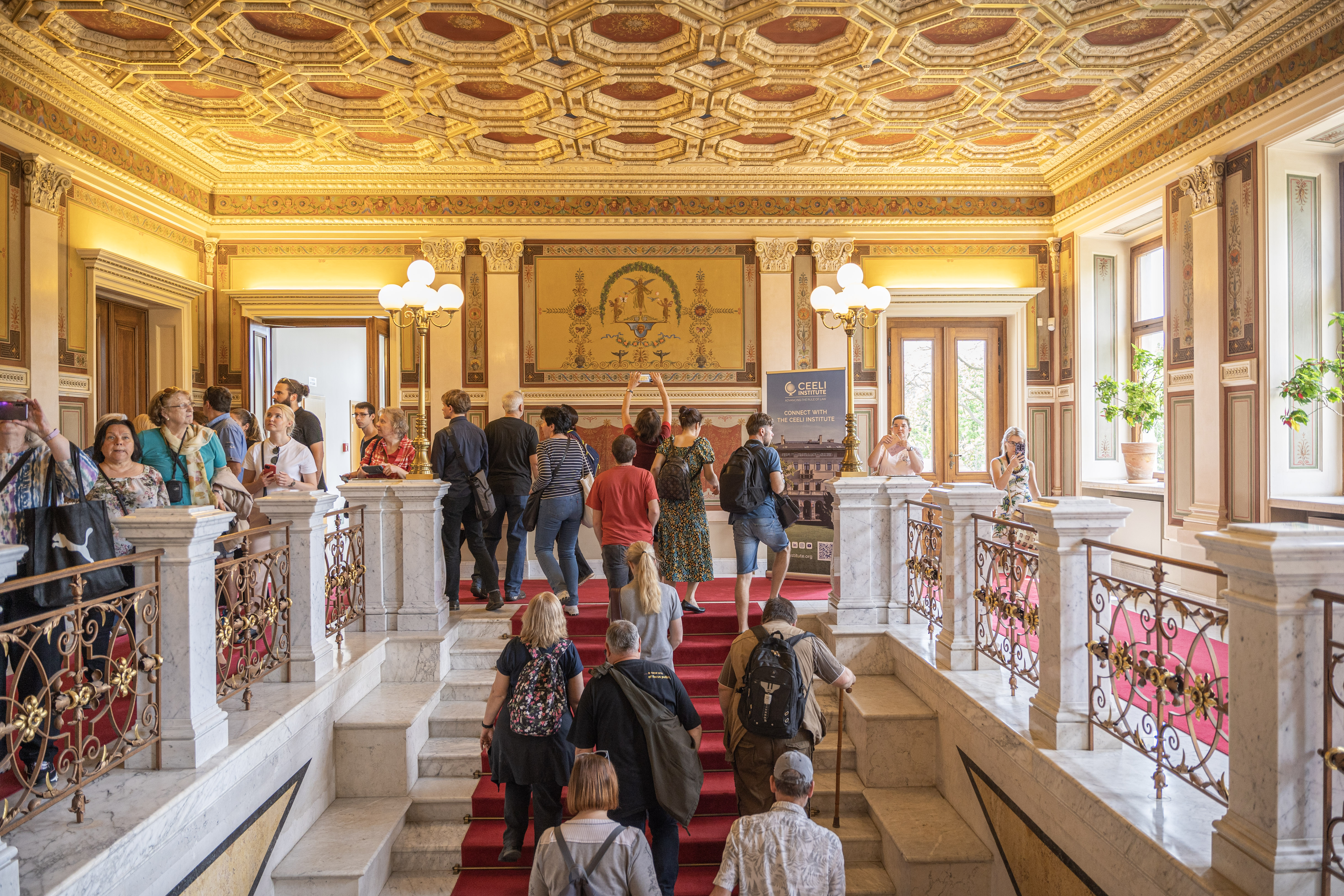The Arrival
My arrival in Praha was blurred by the jetlag of a 1 AM departure from DC and a brief layover with a friend in London. The CEELI Institute organized a driver to collect me from the airport, a kind, burly man that happened to be a DC history enthusiast. Imagine struggling for coherence on three hours of sleep while a Czech taxi driver rips up and down the strange international hills of your new home, shouting that “Chesapeake” originally meant “Czech Speak!”
The dream-like element intensified as we cruised into Grébovka, one of Praha’s parks, and arrived at Villa Gröbovka, the CEELI Institute’s headquarters. I was greeted in the palatial lobby by Marek and Masha, the Director of Programs and Senior Events Manager, who would become fast friends. After receiving my key and clambering back into the taxi, the DC history buff drove slowly through the park, pointing out an intricate wooden gazebo nestled in the large vineyard, water cascades, lakes, pavilions, statues, and a grotto that would be my new backyard. In the evening, the park’s gates are closed to the public and manned by security throughout the night. Pulling into my summer home, the driver winked in the mirror, “Then, this is all yours.”

The Villa sits atop the large vineyard and has a rich and tumultuous history. I toured the Villa with a visiting American judge and his wife while my colleague regaled us with stories of the historical landmark. Moritz Gröbe, a savvy businessman in the 1800s, was creating an underground transportation system in Praha. He was so resourceful that he used the dirt from the tunnel to make the steep hill that now contains the beautiful vineyard leading up to Gröbe’s summer home, Villa Gröbovka. But he didn’t enjoy the fruits of his labour for long. After he passed from an illness, his family sold the estate to the city. Since then, the Villa has passed through countless hands and was a palace for Young Pioneers, a University of Forestry, and a ballet studio. During WWII, while the Nazis occupied the Villa, the Allies mistook Prague for Dresden and dropped a bomb straight through the ceiling. Without a long-term owner to look after it, the Villa fell into a state of disrepair. In the 1990s, Homer Moyer, the founder of the CEELI Institute, suggested that the Czech Government should utilize Villa Gröbovka as a haven for lawyers, students, judges, journalists, and civilians who need a place to recuperate from the arduous task of fighting for justice and upholding the rule of law. As part of the agreement, Moyer also offered to renovate the Villa. The restoration took 20 years, but it’s never looked better.

These photos are courtesy of the Institute's Communications Manager, Lauriane Labourel. Lauriane is a French, charming colleague and friend. They were captured on the first day in years that CEELI welcomed members of the public into Villa Gröbovka. People arrived early in the morning and queued throughout the day to explore "our home."

The mid-19th century Italian Renaissance Revival architecture still amazes even the longest-serving CEELI Institute staff members.
 On my first day, CEELI staff gathered in the conference room for a staff meeting. There was laughter and warmth in the room, and I immediately felt welcomed. The staff went through a broad overview of the summer, which included a Rule of Law Symposium, an evening at the US Embassy, an address by the Prosecutor General of Ukraine, a visit from the Chief Justice of India, programs and workshops with justices and judges from countless countries (all staying at CEELI), and, of course, a two-week Ukrainian Summer School for Lawyers.
On my first day, CEELI staff gathered in the conference room for a staff meeting. There was laughter and warmth in the room, and I immediately felt welcomed. The staff went through a broad overview of the summer, which included a Rule of Law Symposium, an evening at the US Embassy, an address by the Prosecutor General of Ukraine, a visit from the Chief Justice of India, programs and workshops with justices and judges from countless countries (all staying at CEELI), and, of course, a two-week Ukrainian Summer School for Lawyers.
Unsurprisingly, one of my first assignments involved the Ukrainian Summer School for Lawyers, a two-week educational workshop in July. The CEELI Institute received over 100 applications this year, but the Villa can only accommodate 32 participants. I handled the acceptance, different rejection, and waitlist letters that these hopeful Ukrainians would receive. Since male students are not allowed to leave the country, almost all the accepted applicants are women. It will be interesting to see how this shapes the dialogue and discussions in July. International legal experts and judges were specifically invited to guide these young lawyers through international law practices and provide training. My boss said that the priority is ensuring that the Ukrainians leave with practical tools they can use, not just theory. Thus, most of the day will be interactive, hands-on role play and simulations with international law experts and judges. By the end of Summer School, each participant will be equipped with the tools they need to make a difference on a global scale, which is exactly what the CEELI Institute does every day. I’m privileged to be a part of this mission, and by the end of the summer, I think I’ll be well-equipped too.